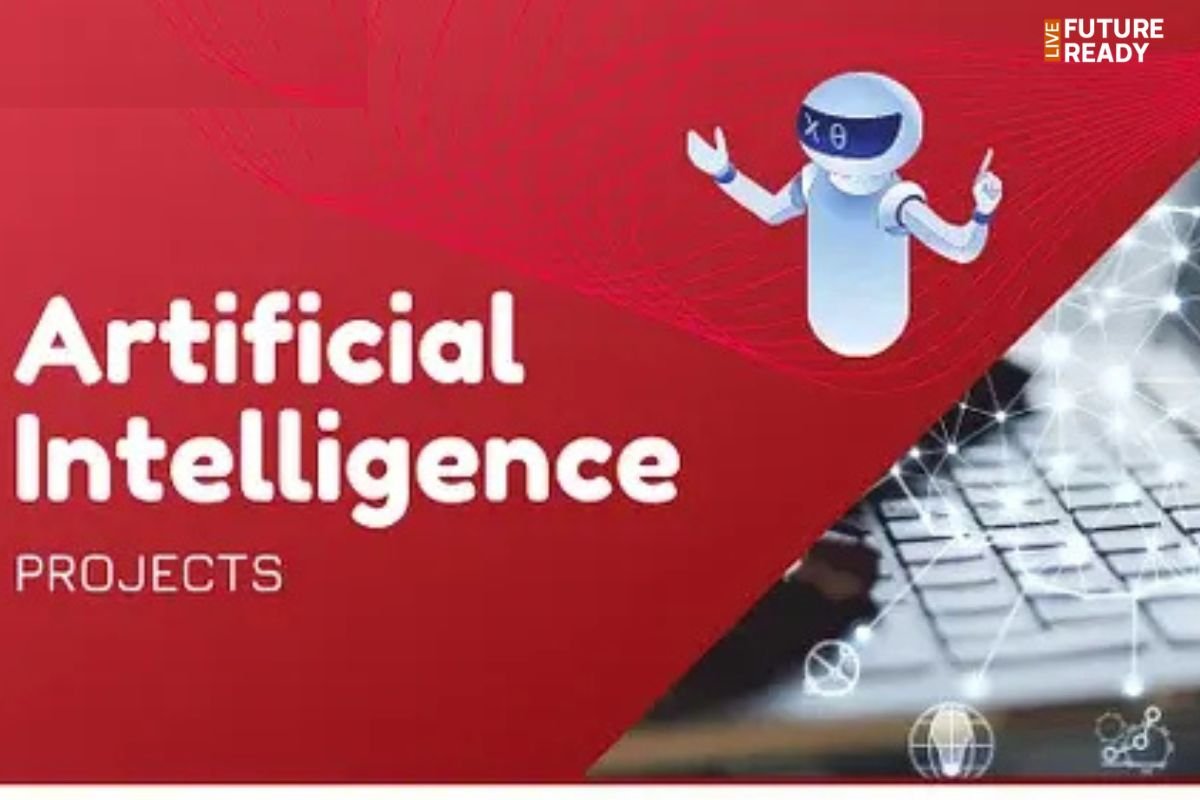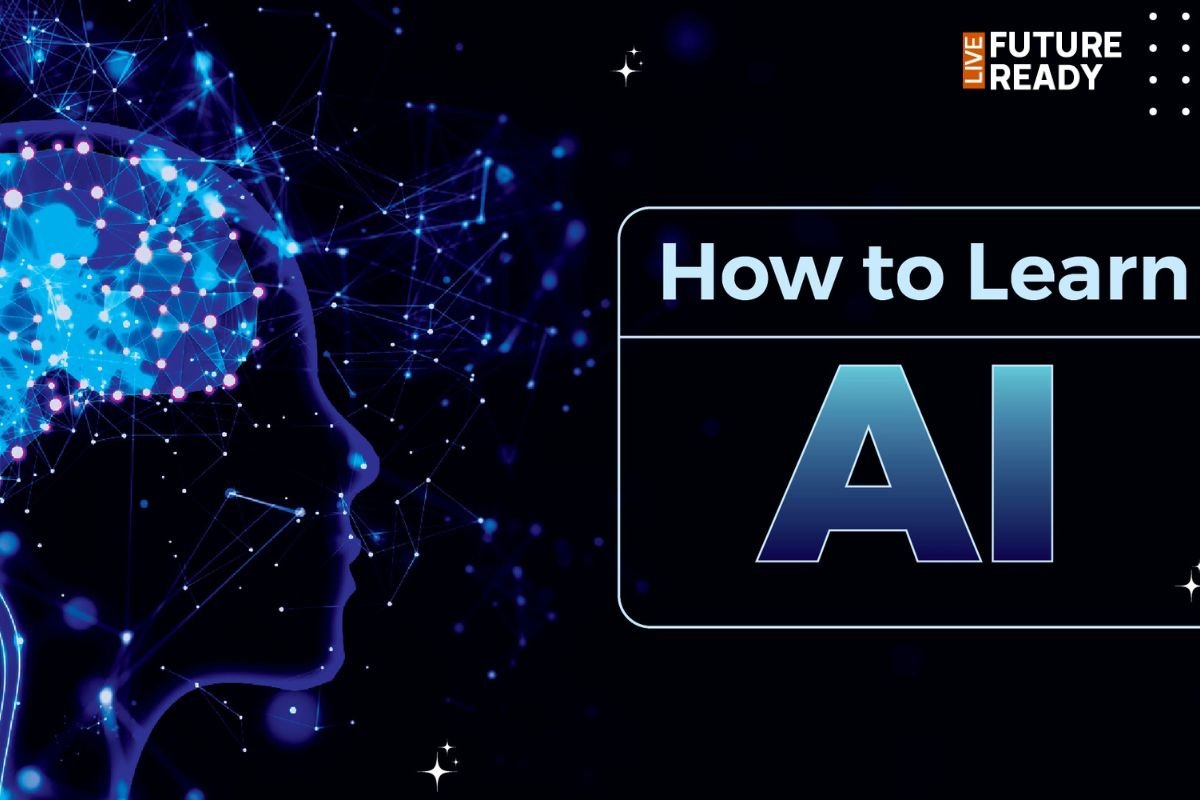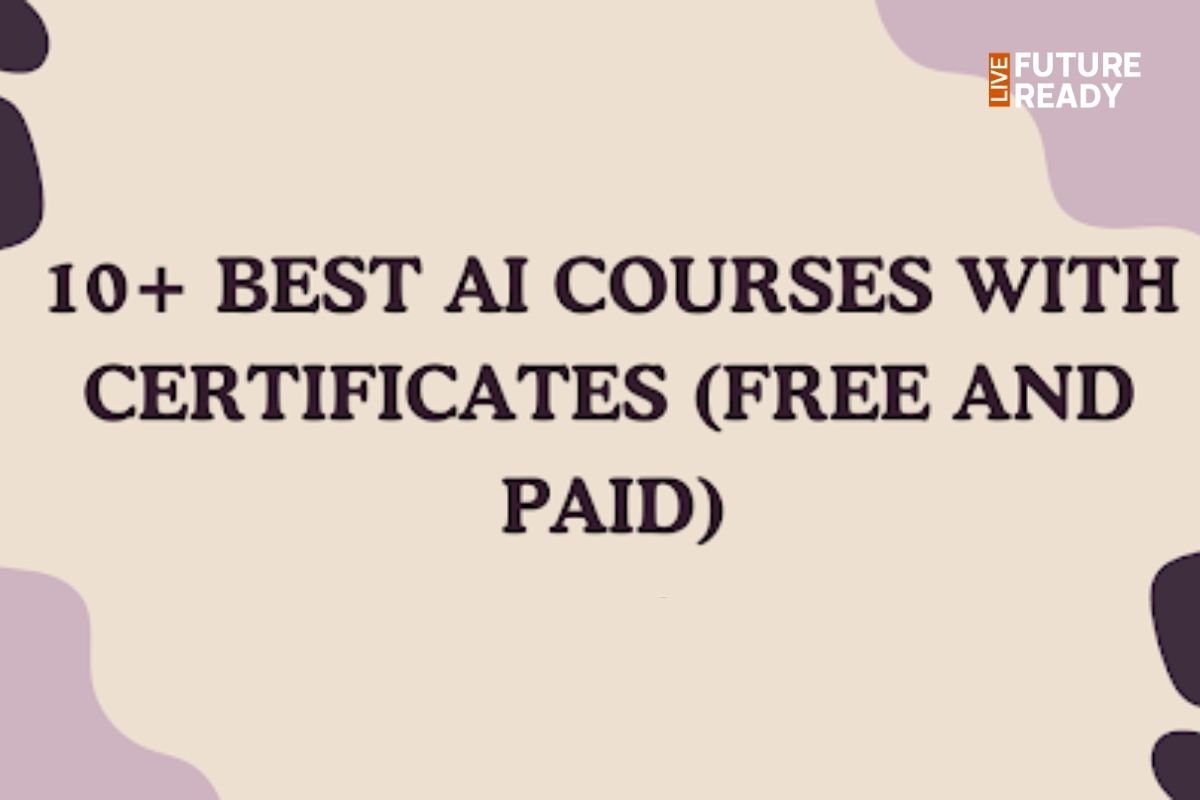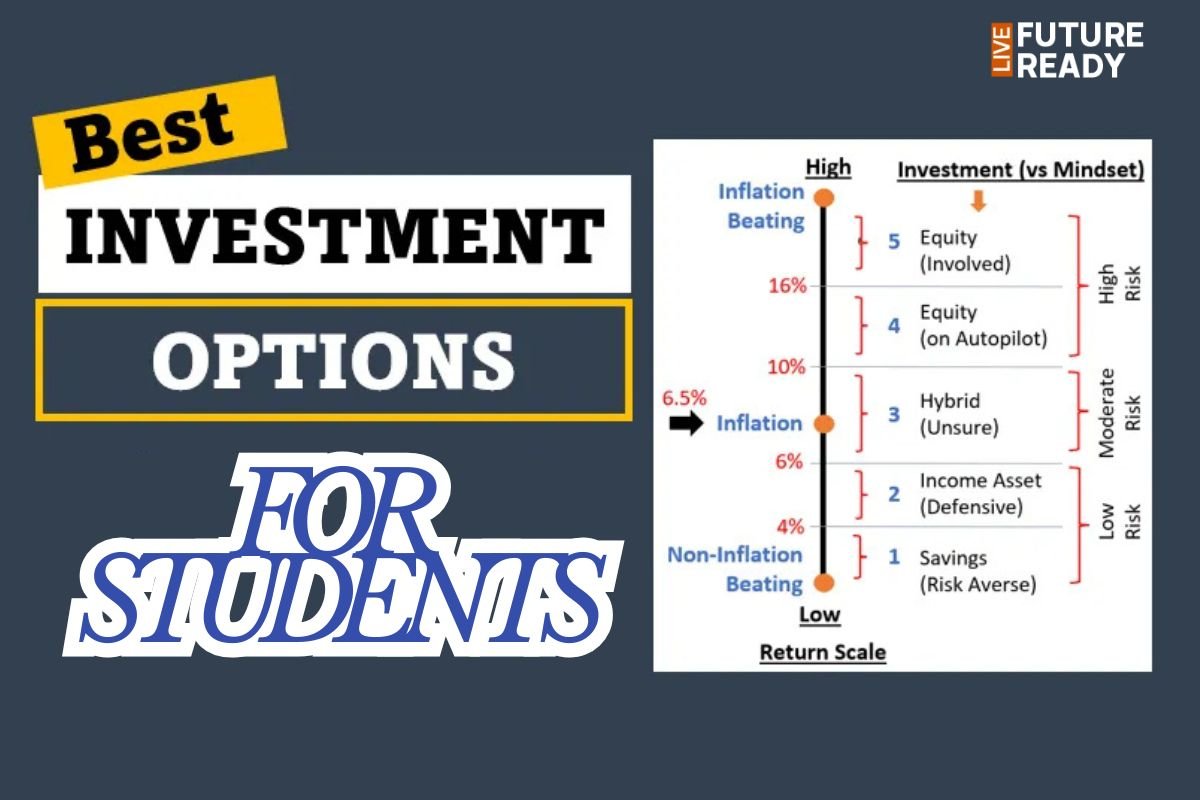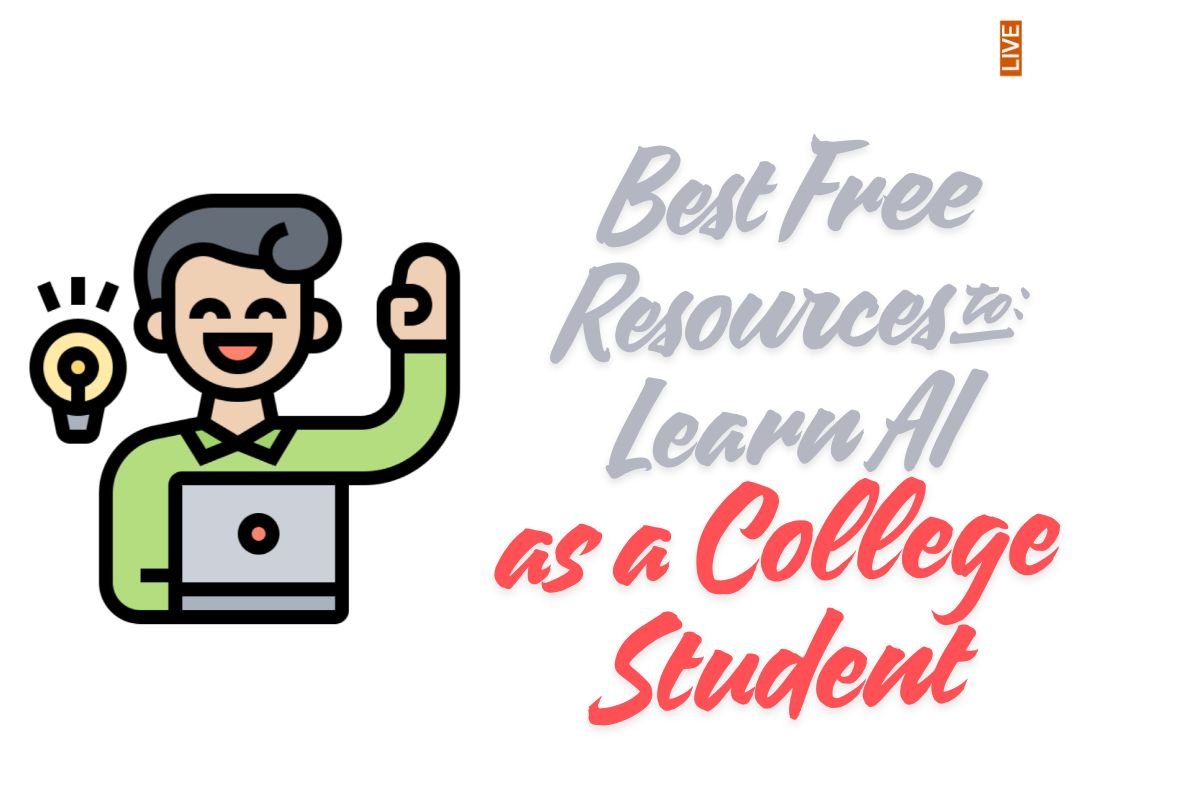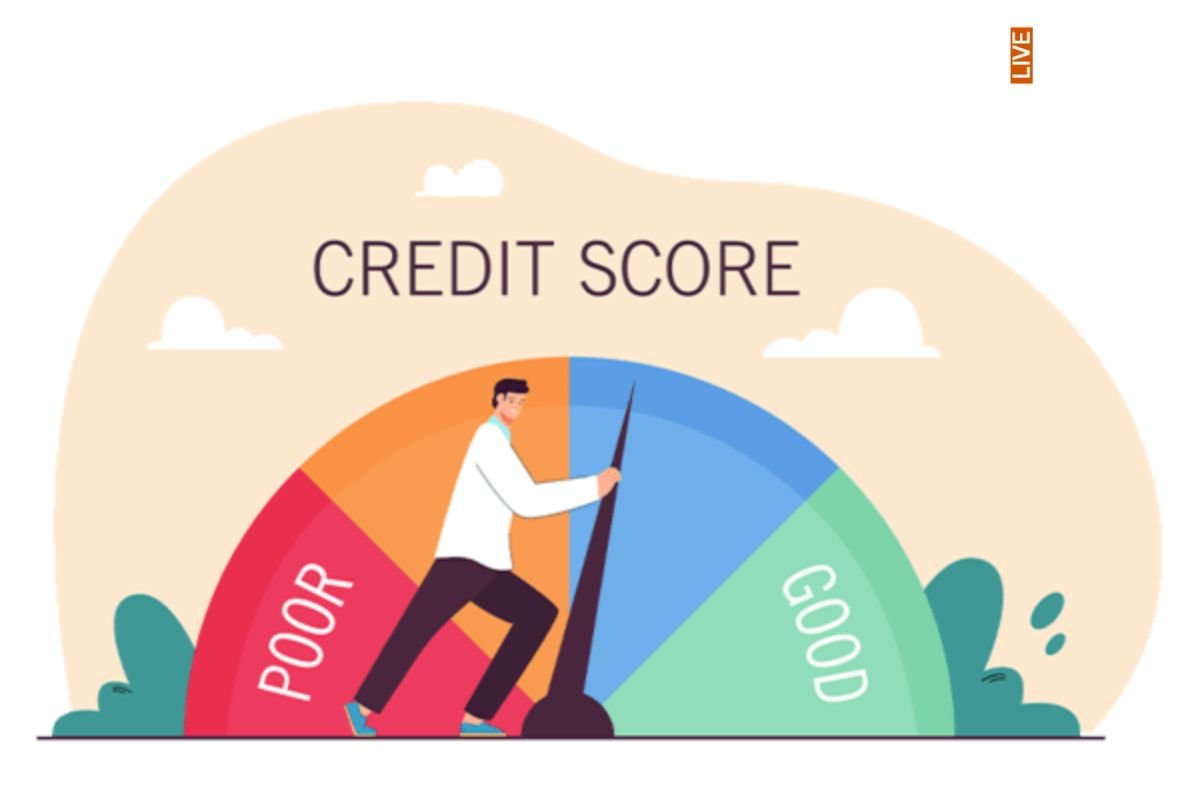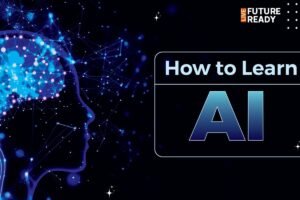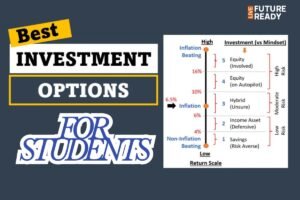Artificial Intelligence is revolutionizing how we live, learn, and work. For students, gaining a foundation in AI opens doors to exciting careers and empowers you to solve real-world problems. This beginner’s guide provides a step-by-step roadmap for starting your AI journey, breaking down essential skills, study strategies, and resources that make learning approachable and rewarding.
Step 1: Lay the Foundations
Learn Basic Math and Programming
-
Focus on linear algebra, calculus, statistics, and probability—these concepts are crucial for understanding how AI algorithms work.
-
Start with Python, the most popular language for AI ( Artificial Intelligence ), and learn to handle data with libraries like NumPy and pandas.
-
Practice simple projects: calculator scripts, data plotting, or text games to build coding fluency.
Use Engaging Study Tools
-
Free AI-powered platforms (MyMap.AI, Notion templates) and YouTube tutorials make learning visual and practical for students.
Step 2: Get Hands-On with AI Concepts
Core Topics to Explore
-
Data Science & Classical AI: Learn how to collect, clean, and analyze data. Build simple machine learning models for regression or classification.
-
Generative AI: Experiment with AI tools like ChatGPT to understand how language models generate text or images.
-
Deep Learning & Neural Networks: Explore the basics of neural networks using platforms like Microsoft’s AI for Beginners curriculum.
Recommended Resources
-
Google AI for Students, IBM and Microsoft learning hubs, and Udemy’s project-based courses provide beginner-friendly content and hands-on exercises.
Step 3: Work on Projects and Build Your Portfolio
-
Create basic AI projects: spam email filters, image detectors, chatbots, or smart calculators.
-
Document your process and showcase your work on GitHub, a personal blog, or in class assignments.
-
Participate in online competitions (Kaggle for students) and collaborate with peers for group learning.
Step 4: Specialize and Go Deeper
-
Choose advanced topics when you’re comfortable: natural language processing (NLP), computer vision, or agentic AI systems.
-
Follow structured learning paths—Data Science and Generative AI for those keen on research; Agentic AI for students interested in autonomous systems.
-
Use curated study planners and Notion templates to track goals, resources, and progress.
Step 5: Connect with the AI Community
-
Join online forums (Reddit, Stack Overflow) and local meetups to ask questions and learn from others.
-
Engage with mentors, take part in collaborative projects, and look for internship or research opportunities.
-
Stay updated by following AI blogs, podcasts, and newsletters for the latest trends and breakthroughs.
Final Tips for Students
-
Learn consistently—make small, daily progress instead of cramming.
-
Don’t fear mistakes; debugging and trial-and-error are part of real-world AI development.
-
Experiment with free tools, study groups, and personal projects—all help you grow and make AI learning fun.
Read more on our website: Future Ready, your go-to platform for the best educational content and latest updates.
Read More Related Blogs :-






